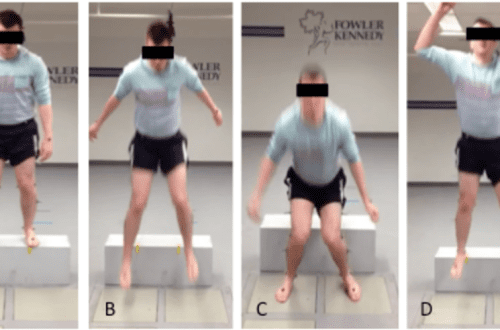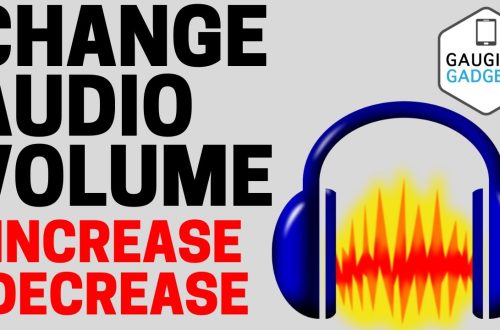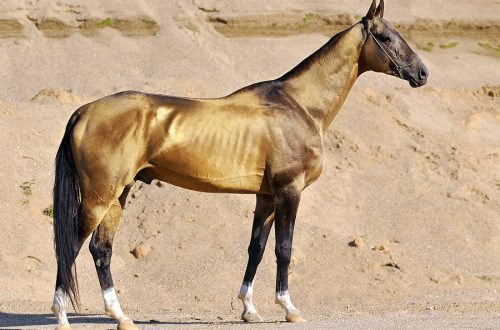
Happy horse: the foundation of modern dressage

Carl Hester and Hawtins Delicato / photo from horseandhound.uk
In light of recent animal cruelty scandals, the media and news outlets are increasingly focusing on happy horse concept (happy horse).
According to clause 401.1 of the rules of international competitions According to dressage, the goal of dressage is the harmonious development of the physical abilities and abilities of the horse. As a result of dressage, the horse becomes calm, flexible and elastic, relaxed and obedient, at the same time trusting, attentive and energetic, which allows to achieve mutual understanding between the rider and his horse.
The goals of the Happy Horse concept are:
- Achieving a harmonious relationship based on trust between horse and rider;
- Development of the individual character of each horse;
- Development of the natural abilities of the horse.
You must remember that obedience should not mean submission, but obedience. The interaction between rider and horse should be harmonious, effortless and effortless. The very concept of a “happy horse” means achieving sports results based on mutual trust, and not by overpowering the horse and following commands under pain of punishment.
Unfortunately, horses can’t tell us about their condition. Therefore, it can be difficult to determine the mood and attitude to the work of the horse. How can you tell if your horse is happy with the job?
The main signs of a happy horse are:
- Lack of tension and tightness;
- Relaxed facial expression and calm look;
- Willingness to obey the actions and aids of the rider without any coercion;
- The desire to move forward;
- A harmonious picture of the horse and rider during the performance (from the side the actions of the rider must remain invisible).
At the same time, so far there are no strict criteria, by which it would be possible to assess whether the horse is a “happy athlete”. And the only thing that an athlete can do is to learn to pay attention and understand the signs that the horse gives him.
To achieve all the goals set by the concept itself, you will need not only systematic training, but also the ability to thoughtfully analyze your actions. The rider must develop and improve the horse’s fitness through the use of rewards and rewards – once used, the horse will cooperate. As a result, without rudeness and cruelty, you will be able to come to harmony with the horse, which should be the goal for every athlete.





